Aerotoxic Syndrome is the illness caused from exposure to contaminated air in a jet aircraft. Aerotoxic Syndrome also applies to being exposed to fumes or fume events. The term was first apparent in a 1999 published paper written by Jean-Christophe Balout PhD, Dr. Harry Hoffman, and Professor Dr. Chris Winder.
How is air contaminated?
A supply of pressurized air is mandatory by all humans to sustain life at high altitudes when flying. This air is applied from the compressor section of the jet engine directly and is called ‘bleed air’. The unfiltered bleed air is mixed within the aircraft along with recirculated cabin air at a ratio of 50/50. Even though the recirculated air is already filtered, the bleed air which comes from the jet engine is unfiltered.
Jet engines require operation at high temperatures and use chemicals as oils. “Wet seals” are used to keep the oil and bleed air away from each other. Eventually, seals wear out and their efficiency slowly declines, therefore allowing more and more oil into the cabin air and cockpit. The seals are rather referred to as controlled leakage devices and can suddenly fail completely resulting in visible or invisible toxic fumes or smoke entering the cabin. This is can be known as a fume or odor event by authorities who are eager to distract attention from fundamental design flaw.
The odors smell like dirty socks occasionally. The oils contain a high percentage of toxic organphosphate additives as anti-wear agents. The oil is chemically altered and partially decomposed due to high temperatures in the jet engine. Auxiliary Power Units (APU’s) also can produce bleed air and cause severe fume events, after the start up.
Exposure to toxic fumes occurs not only from bleed-air. Kerosene fumes that enter the aircraft during taxi and on-blocks, flame-retardants from interior materials and insecticides all can affect people in various ways. Many levels and types of toxic chemicals are present. “Low- level” and as such often are not perceived as a type of toxic pollution. However, the number of occurrences on past flights, genetic makeup, age, medical conditions, history of being exposed to decontaminated air, and any medications used need to be taken into consideration. All of these factors can contribute to Aerotoxic Syndrome.
After repeated exposure to toxic air, many suffer from reoccurring symptoms. These toxic and chemical substances target the central nervous system which controls all major organs. The symptoms are mainly neurological but there can be others that mimic other sicknesses. Aerotoxic Syndrome is misdiagnosed and mistreated by doctors often who are unfamiliar with this type of poisoning. It often leads to patients being treated with incorrect drugs.
Common Myths
Indoor pollution can be in fact worse than outdoor solution. In an airplane, no window or seal can be open which means there is no escape path for toxic air. Interestingly, many people think of ‘jet-lag’ as a cause of crossing different time zones. Sometimes low exposures to toxic fumes can produce similar symptoms called ‘jet lag’.
Even though there has been repeated calls by organizations, there is no sensor for gas or other substance detection that has been appropriated for modern jets. No filters have been established either. There is nothing much to do when these situations occur other than to put on a respirator mask (which are no available). Many former aircrew members who became victims are speaking out that they experience feelings of intoxication or ‘zombie’ like behavior. ‘Aerotoxic Syndrome’ is the poisoning of Airline Pilots, Crew members, and passengers that can occur from any flight.





